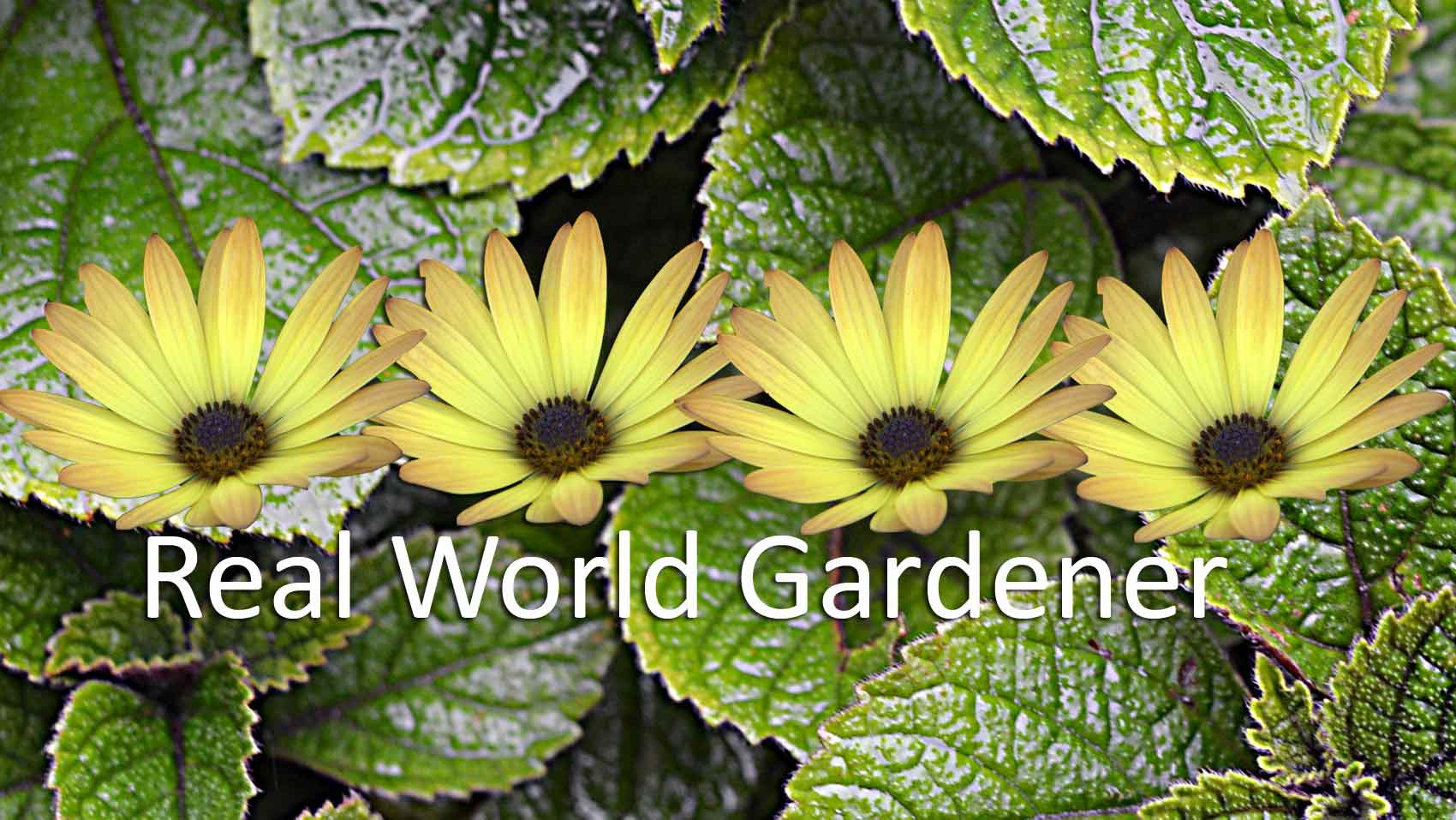Grafting Ctirus a Technique in The Good Earth
Description
THE GOOD EARTH
Grafting Techniques part 1 & 2
If you’ve ever grown a tree from it’s seed, such as an orange lemon or avocado, you probably were disappointed by the result.
I daresay, that firstly, it took a long time for it to fruit, and when it did, it was nothing like the fruit that the seed came from.
After all apart from the novelty factor of being able to grow a tree from a tiny seed, the time involved isn't really worth the effort. So what to do instead?
Lemon tree
Switch to grafting methods.
Grafting is a method that would vastly improve the result all round but the word itself sounds terrifying if not complicated!
There is after all the possibility that you'll end up slicing of the tip of your finger with the super sharp budding knife, or at the very least drawn blood from the deep wound that resulted from a slip of the wrist.
I confess to having done that.
Practice makes perfect and I would recommend wearing gloves before attempting to do any type of grafting.
So What is Grafting?
Grafting is a swag of techniques that involves having a root stock that is happily growing in the ground or in a pot, whose upper part you will cut off completely.
Next, you attach a scion, a piece of plant whose features you really like, such as fruit size and flavour.
The scion has to be a particular size and be related botanically speaking to the rootstock. That means you can't graft an apple onto citrus rootstock, because apples are in the family 'rosaceae' and citrus are in the plant family 'rutaceae.'
There are of course plenty of other reasons why you want to try your hand at grafting.
Some of these are to improve disease resistance such as for roses or fruit trees or dwarfing.
Dwarf trees are the result of grafting a scion from a tree of full size fruit onto dwarfing root stock.
Margaret describes cleft grafting where the scion's base is cut as a 'V' and inserted into the same length slit into the rootstock. The cambium (green wood) of each must be aligned.
TIP:If you’ve never tried grafting, make sure you get the right tools before you start.
You’ll also need the correct root stock.
Let’s find out more by listening to the podcast. I'm talking with Margaret Mossakowska of www.mosshouse.com.au
More Episodes
Host Marianne talks with arboriculture consultant Glenice Buck about the first steps in managing the health of your trees.
Published 08/04/24
Published 08/04/24
KITCHEN GARDEN SEGMENT on REAL WORLD GARDENER radio show
Scientific Name: Rungia klossii
Common name: Mushroom plant
Family: Acanthaceae
Origin: New Guinea
Rungia klossii is an evergreen Perennial growing to 0.6 m x 0.6 m at a medium rate.
Soils: Suitable for: light or sandy, medium (loamy)...
Published 06/26/23


